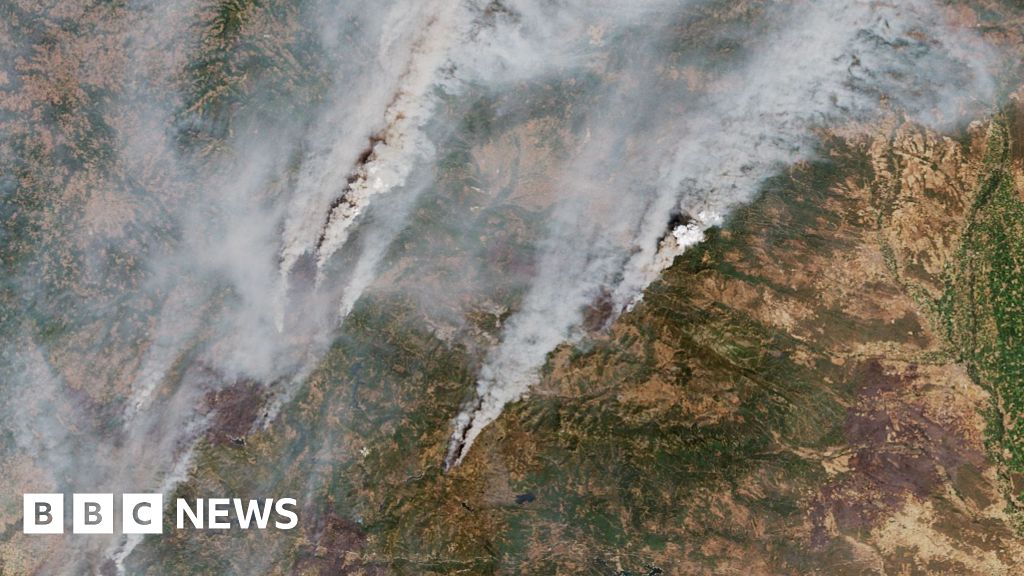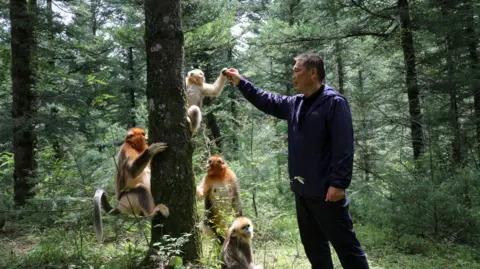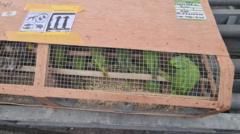The project, initially designed to safeguard the river ecosystem south of Prague, faced years of delays attributed to negotiations concerning a former military training area. With no progress in sight, a colony of industrious beavers decided to step in and build their own dams along the Klabava River. The Nature Conservation Agency of the Czech Republic estimates that these beavers saved the authorities approximately 1.2 million euros.
This initiative by the beavers transformed the area into a flourishing wetland habitat within mere days. Bohumil Fišer, head of the Brdy Protected Landscape Area, remarked on the situation, stating that “nature took its course,” as the beavers effectively created optimal environmental conditions overnight.
Originally proposed in 2018, the dam was meant to serve as a barrier against sediment and pollutants to protect critically endangered crayfish in the river from two nearby acidic ponds. However, bureaucratic delays prevented any construction until the beavers seized the opportunity to act.
The exact timeline for the beavers' construction remains uncertain, along with how many dams they have built. Nevertheless, this unique instance highlights the remarkable adaptability of wildlife in responding to ecological needs when human efforts stagnate. With their natural engineering abilities, the beavers provide both environmental restoration and a substantial cost-saving for local authorities.
This initiative by the beavers transformed the area into a flourishing wetland habitat within mere days. Bohumil Fišer, head of the Brdy Protected Landscape Area, remarked on the situation, stating that “nature took its course,” as the beavers effectively created optimal environmental conditions overnight.
Originally proposed in 2018, the dam was meant to serve as a barrier against sediment and pollutants to protect critically endangered crayfish in the river from two nearby acidic ponds. However, bureaucratic delays prevented any construction until the beavers seized the opportunity to act.
The exact timeline for the beavers' construction remains uncertain, along with how many dams they have built. Nevertheless, this unique instance highlights the remarkable adaptability of wildlife in responding to ecological needs when human efforts stagnate. With their natural engineering abilities, the beavers provide both environmental restoration and a substantial cost-saving for local authorities.



















